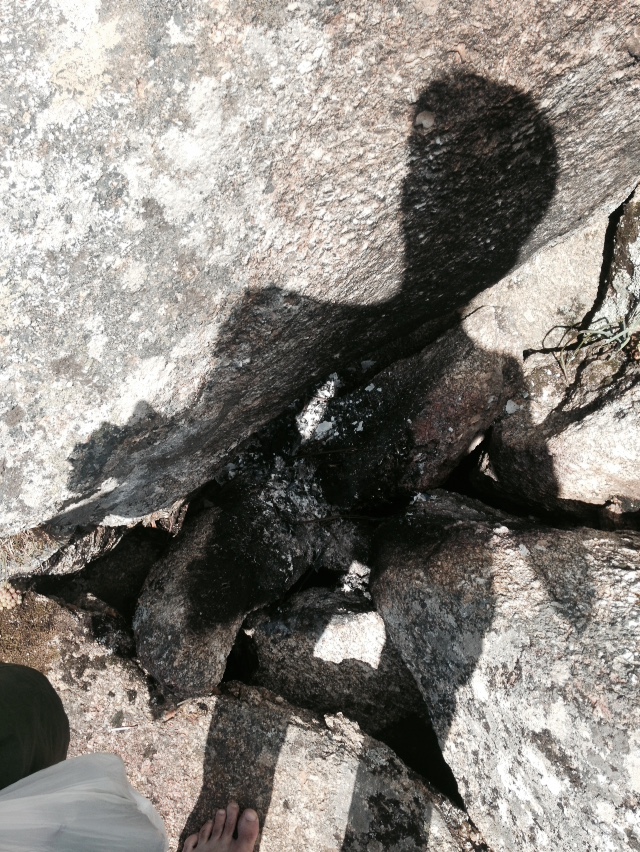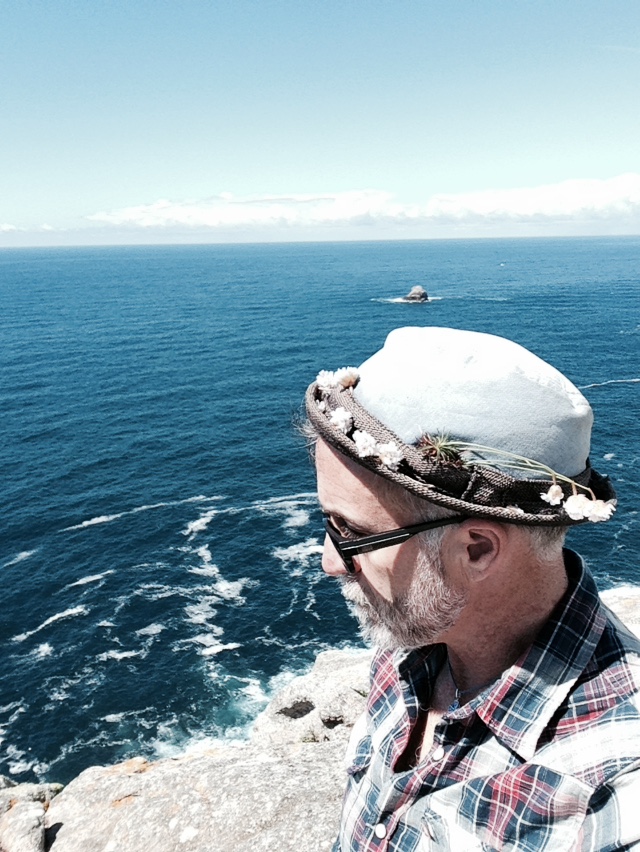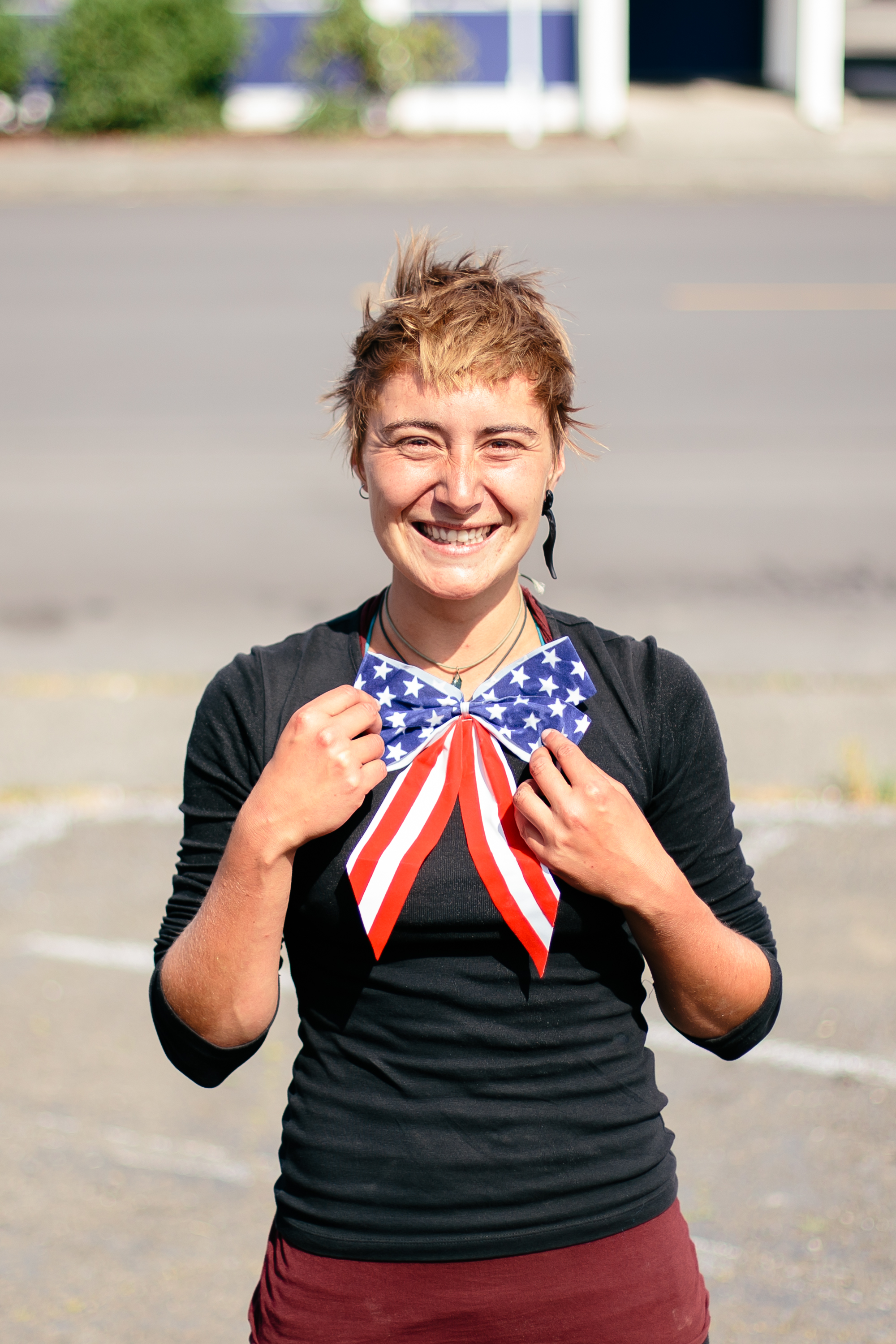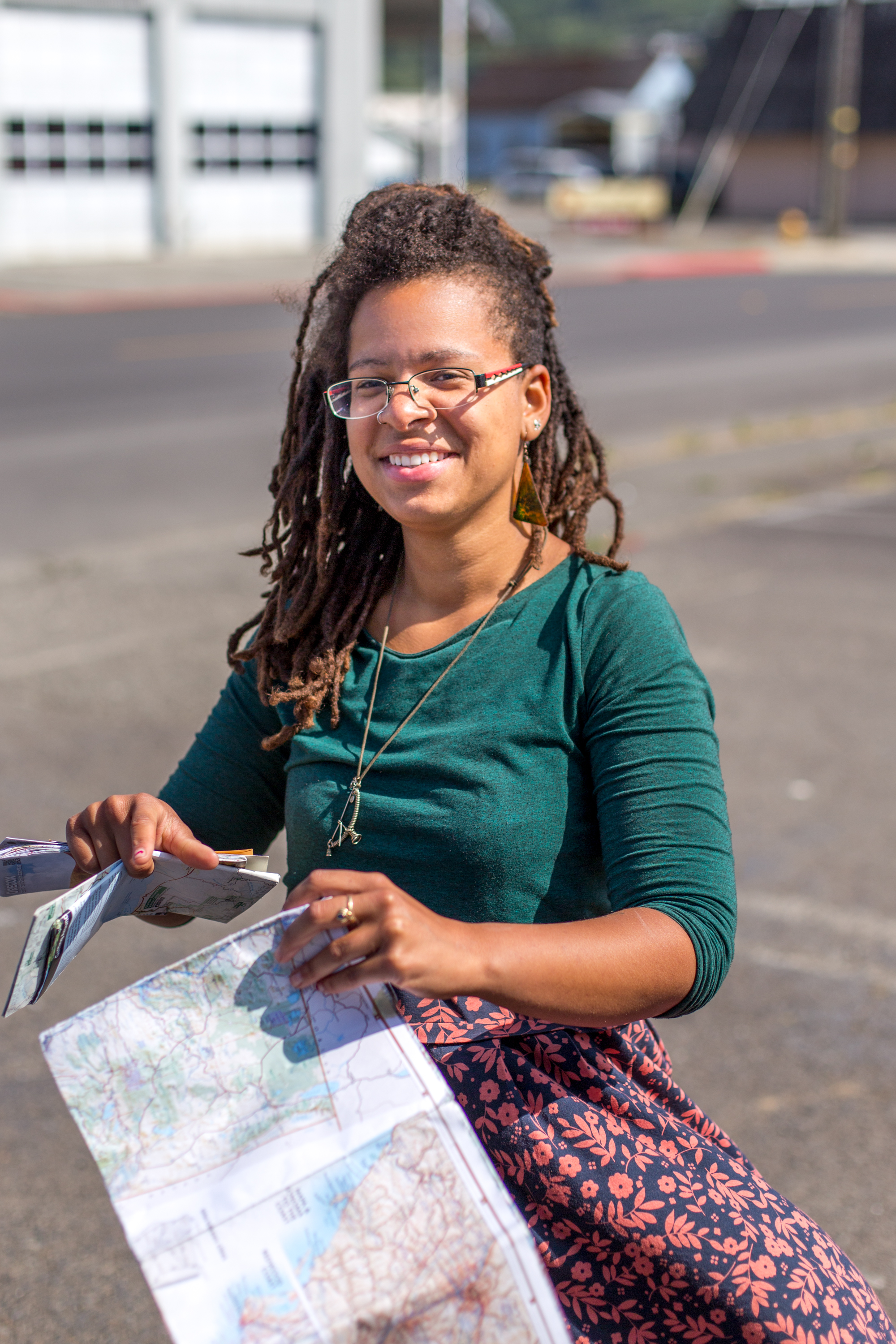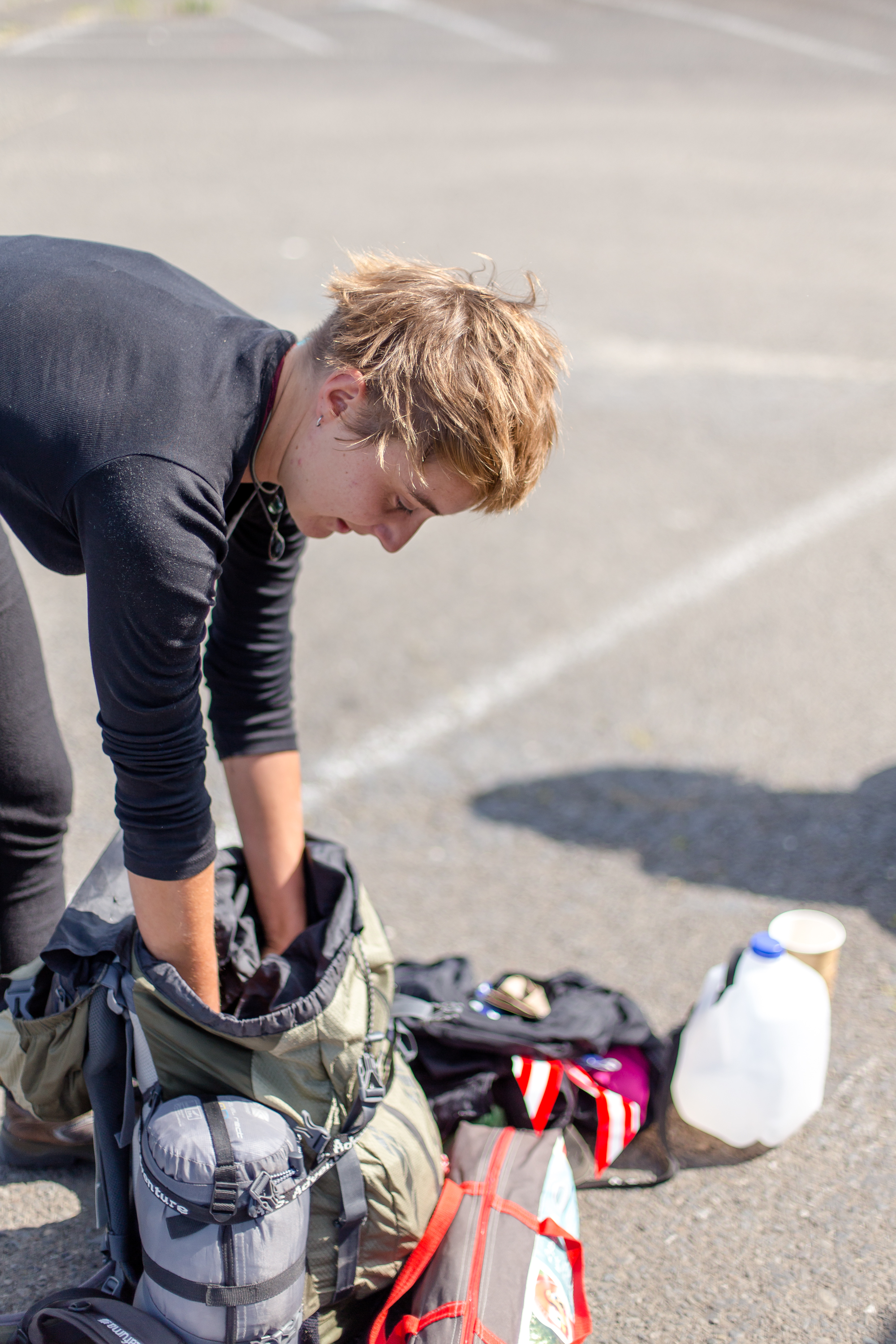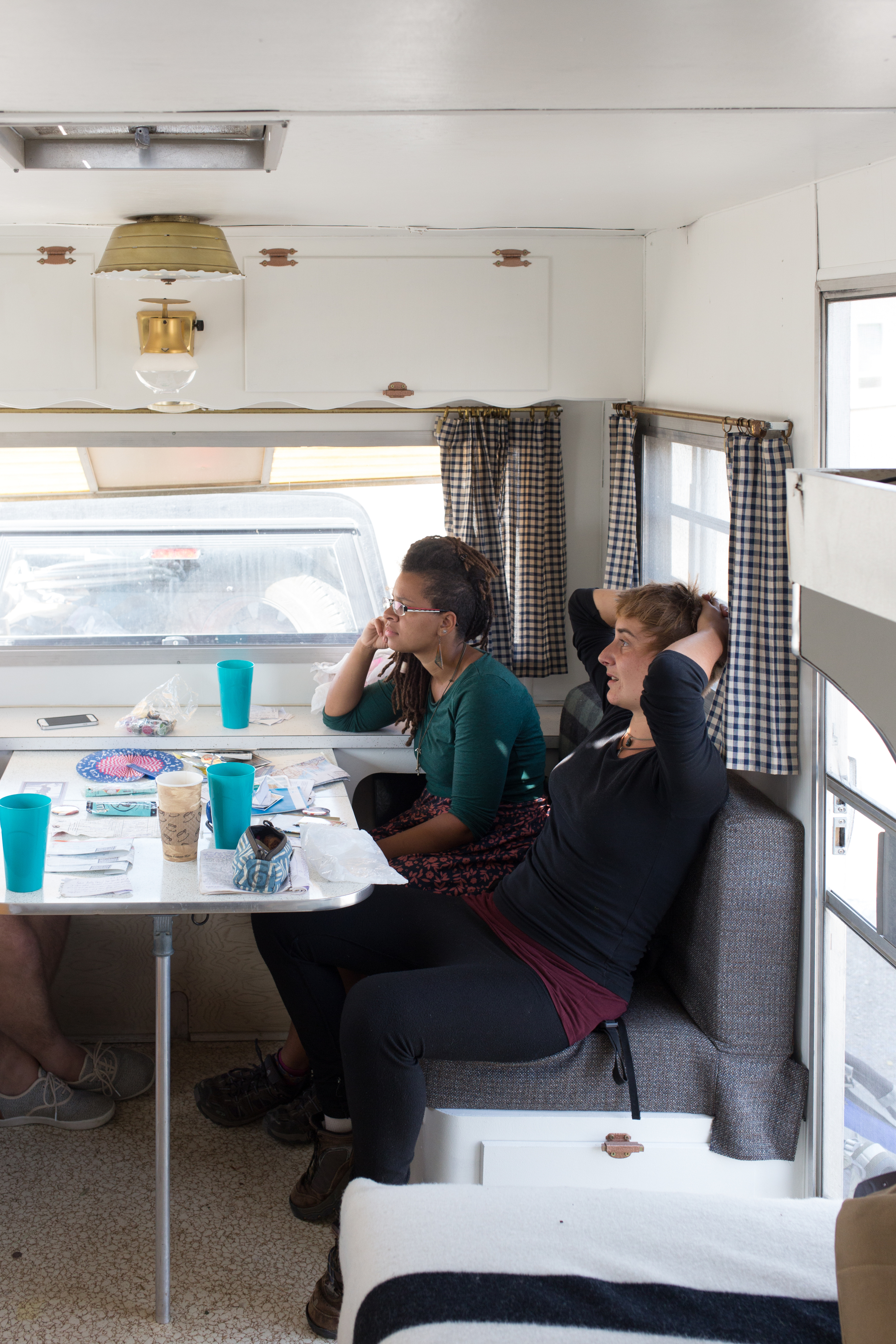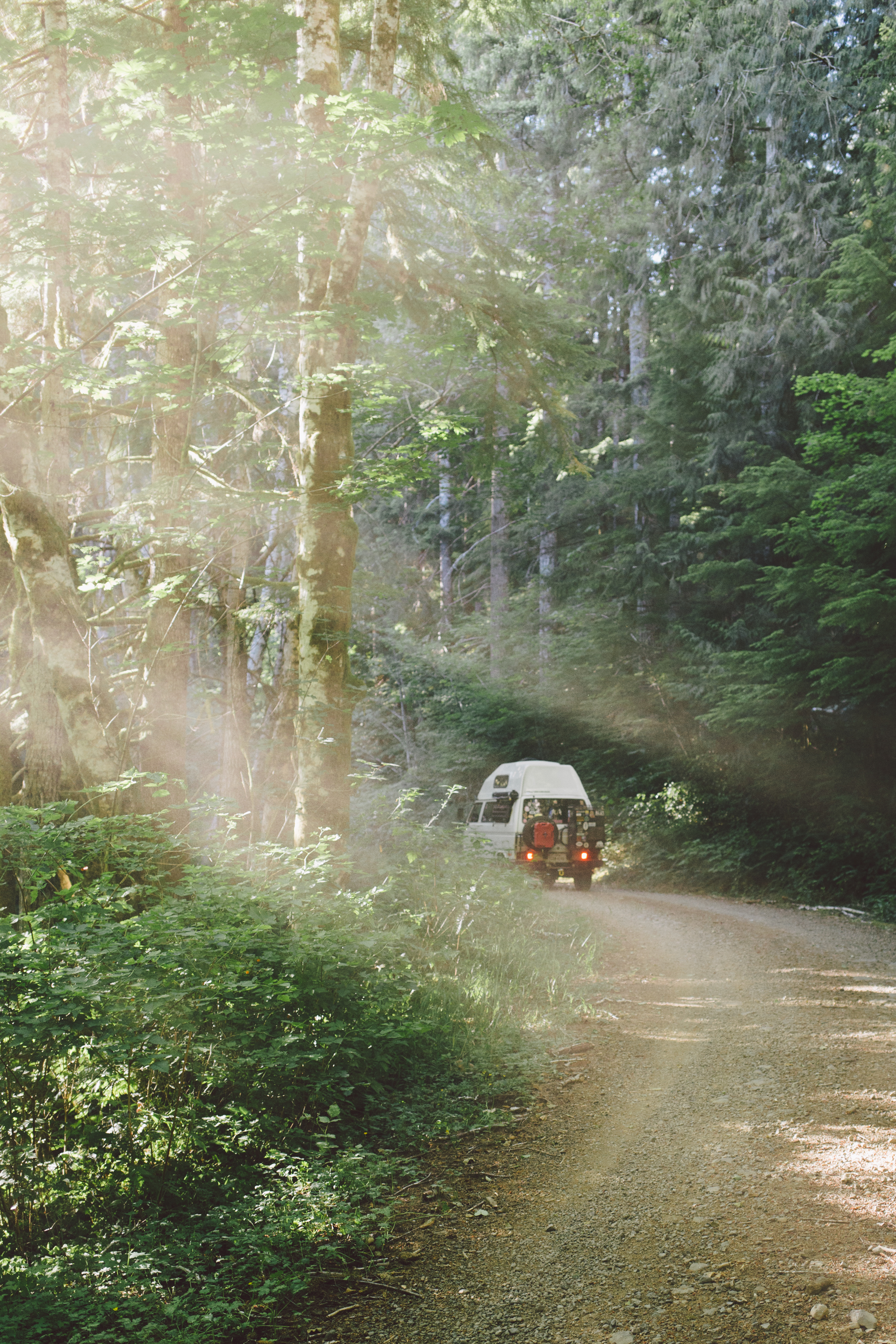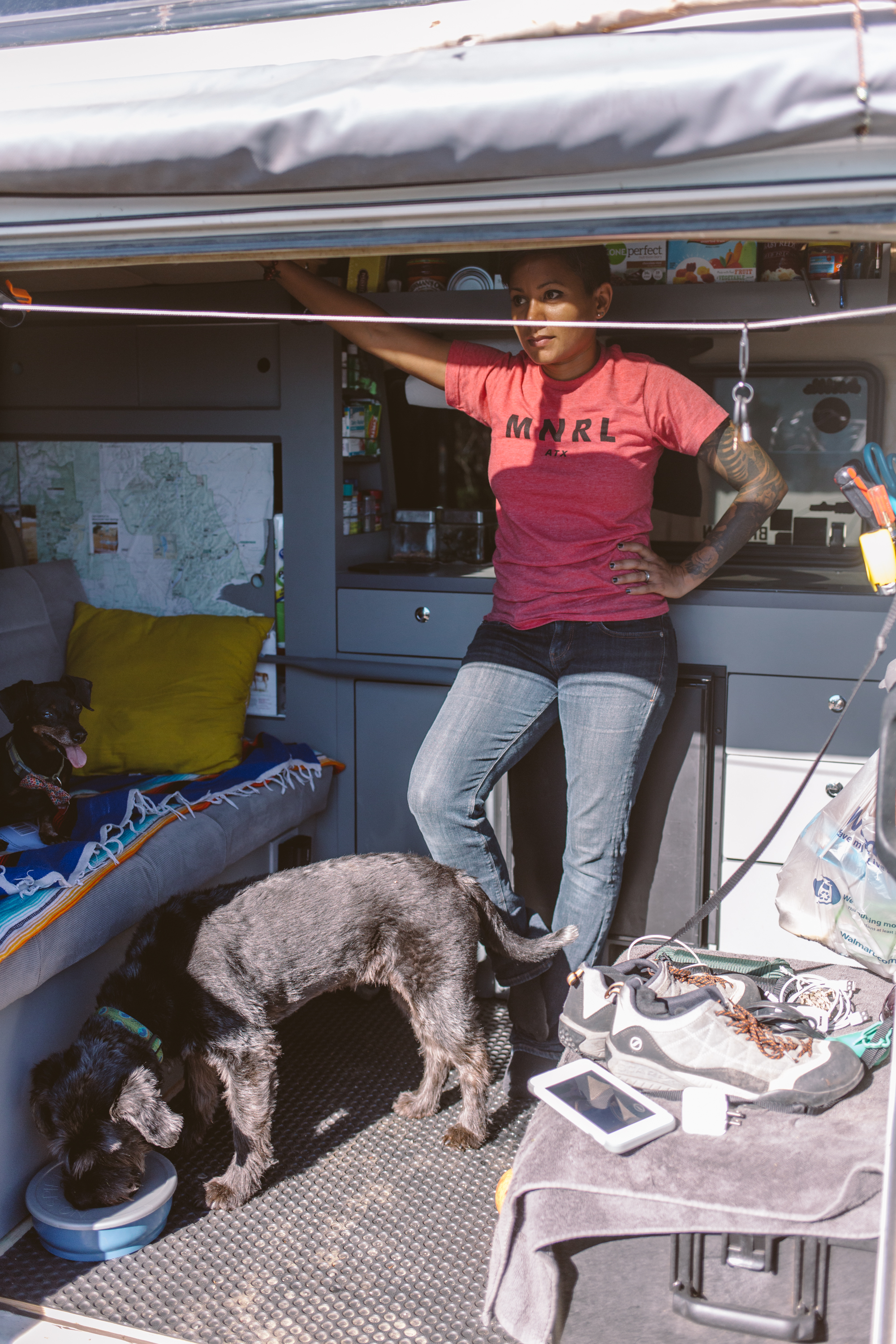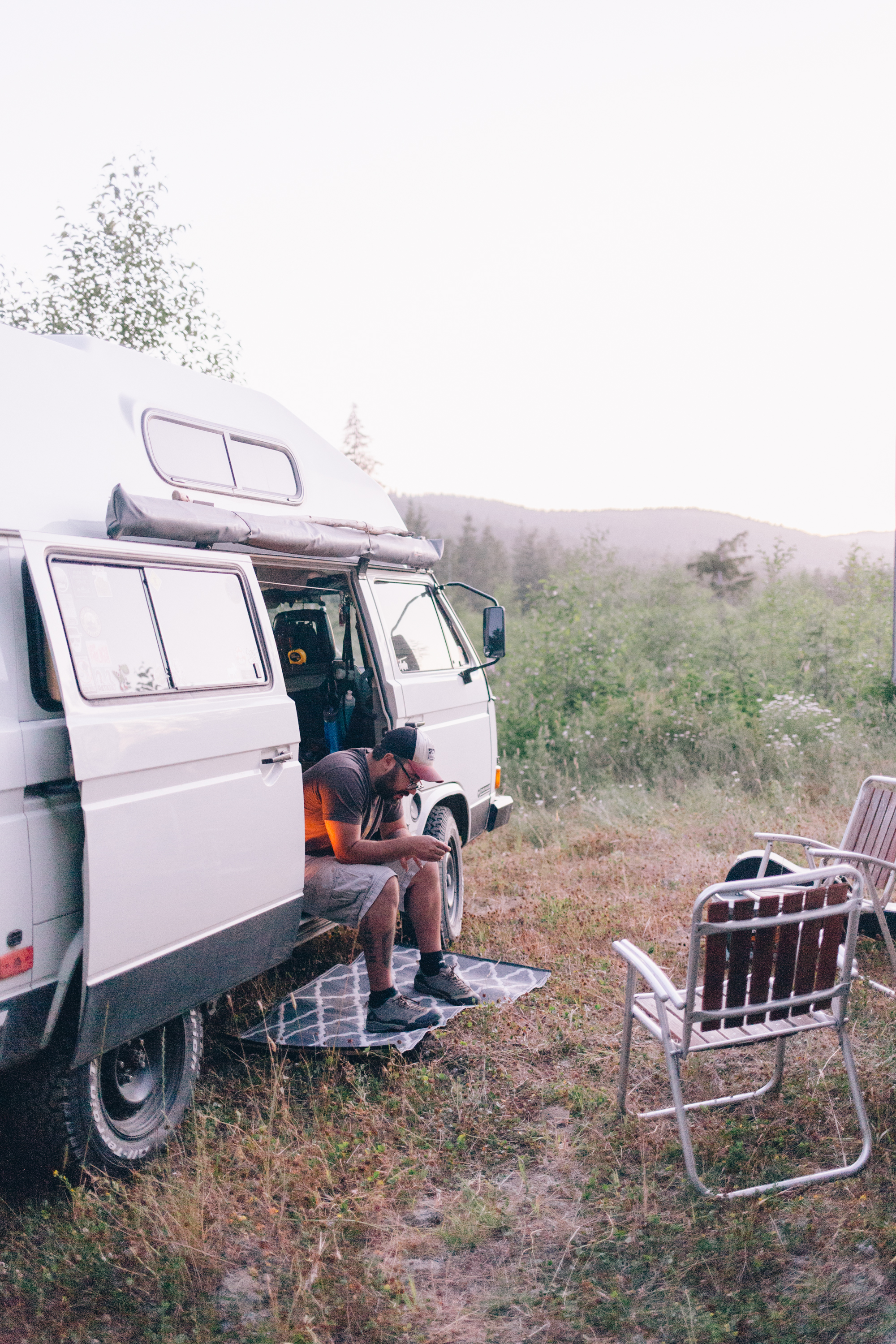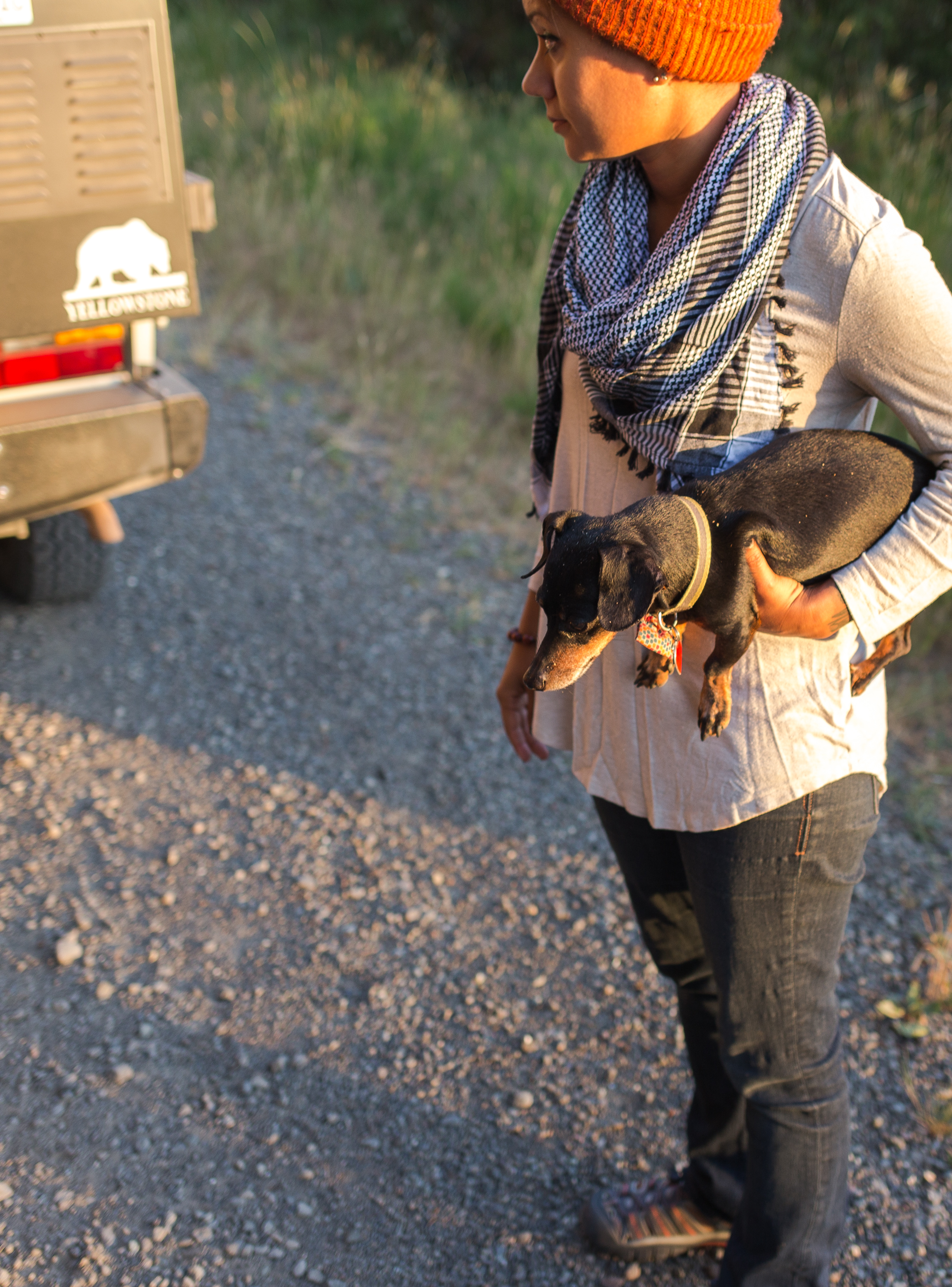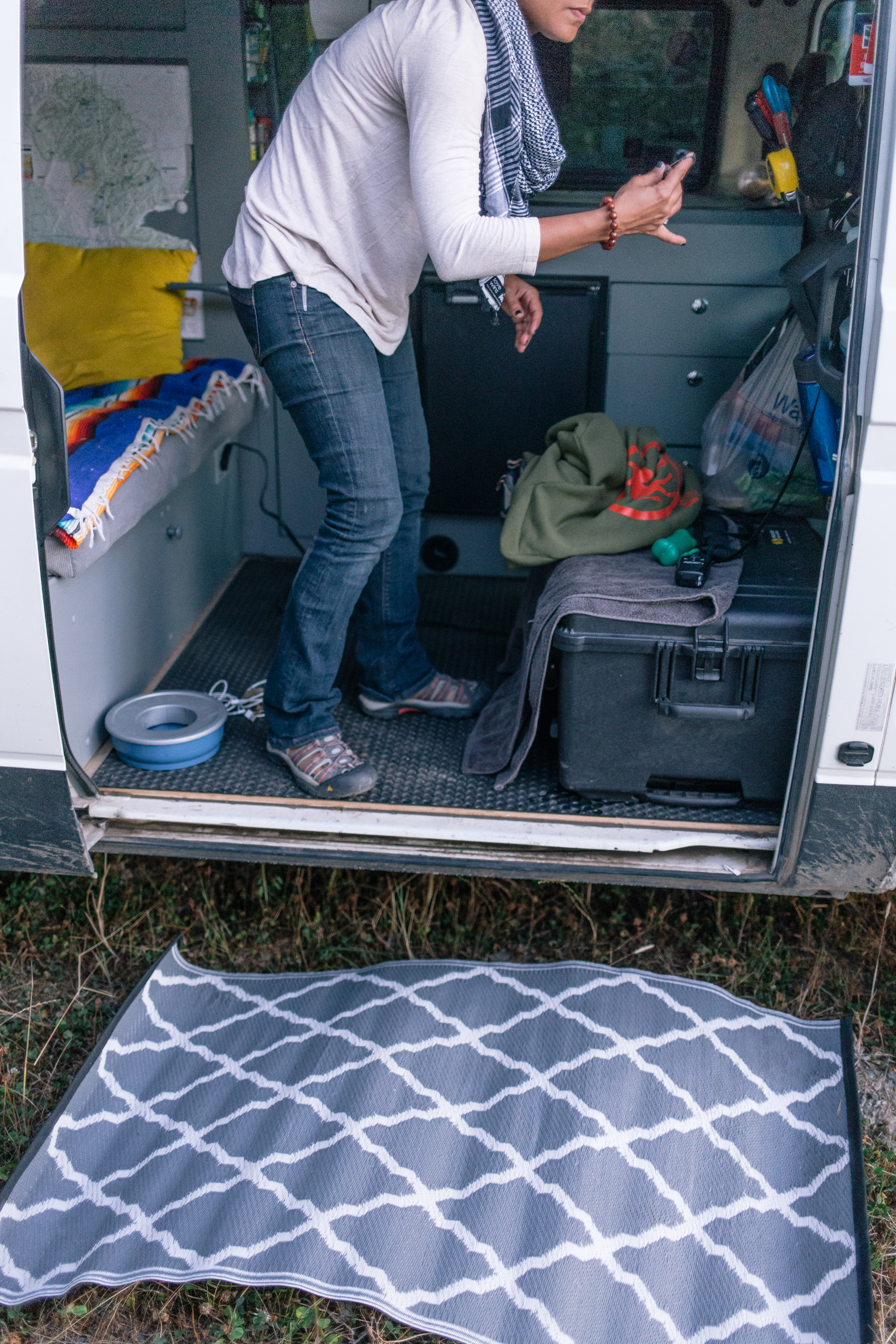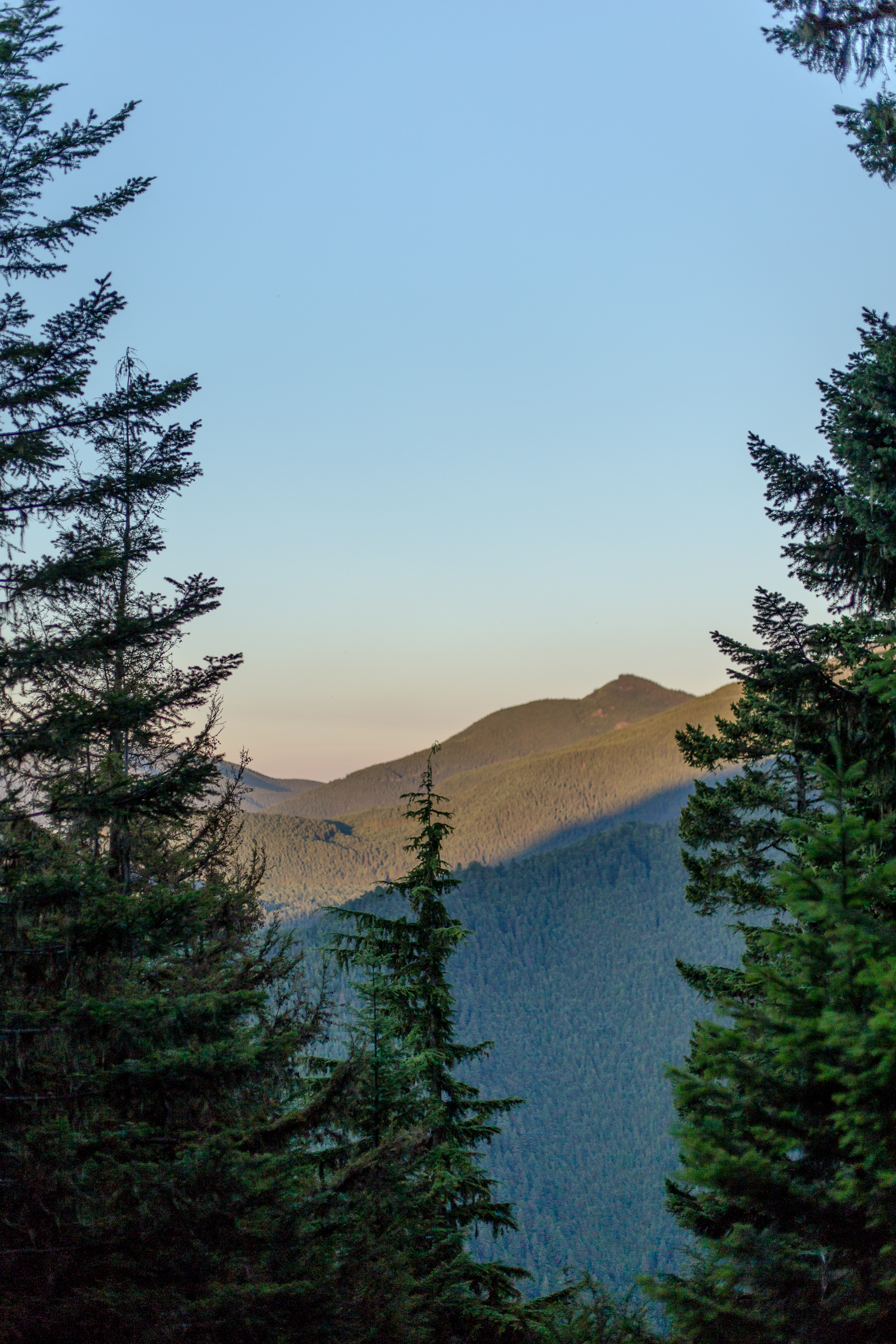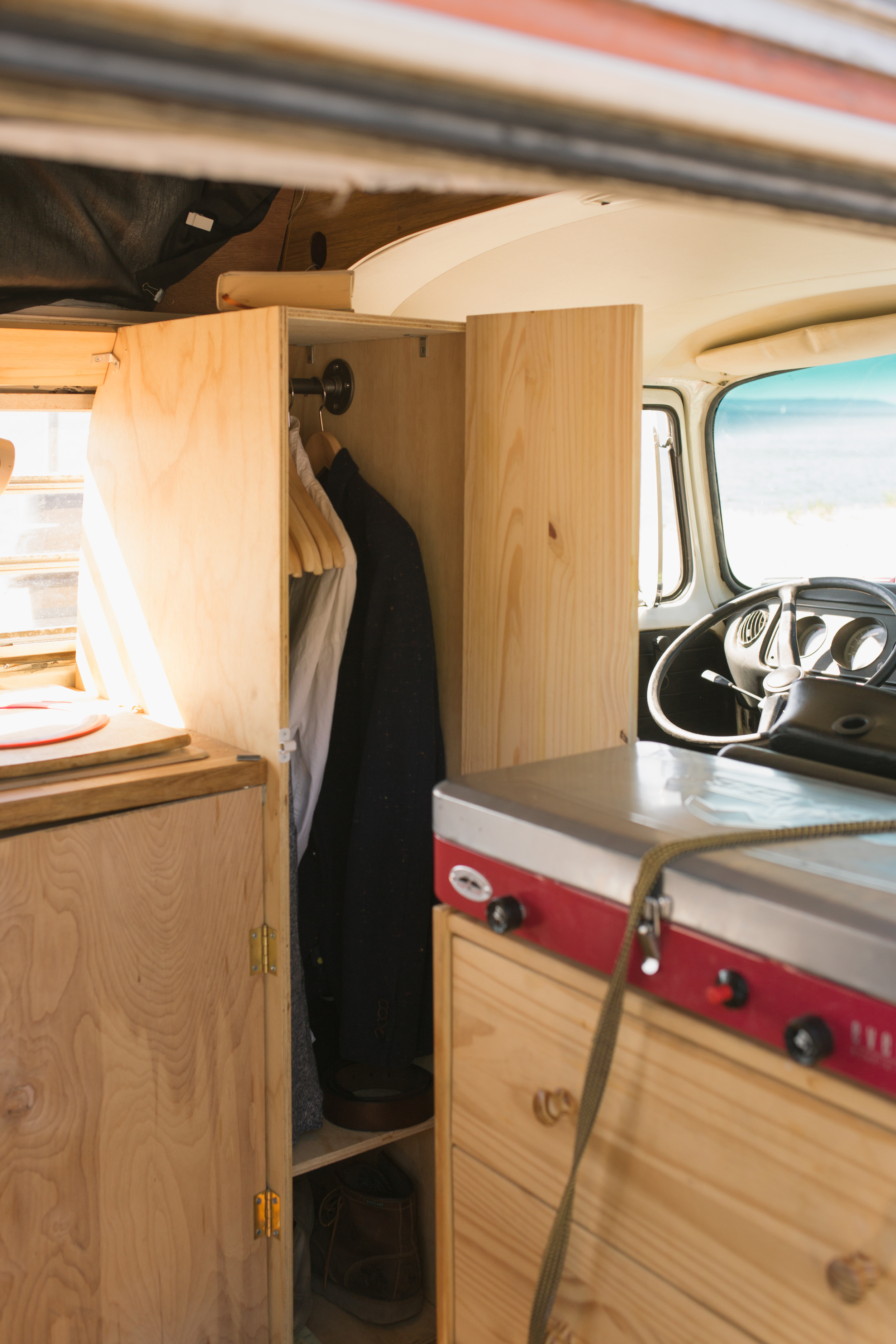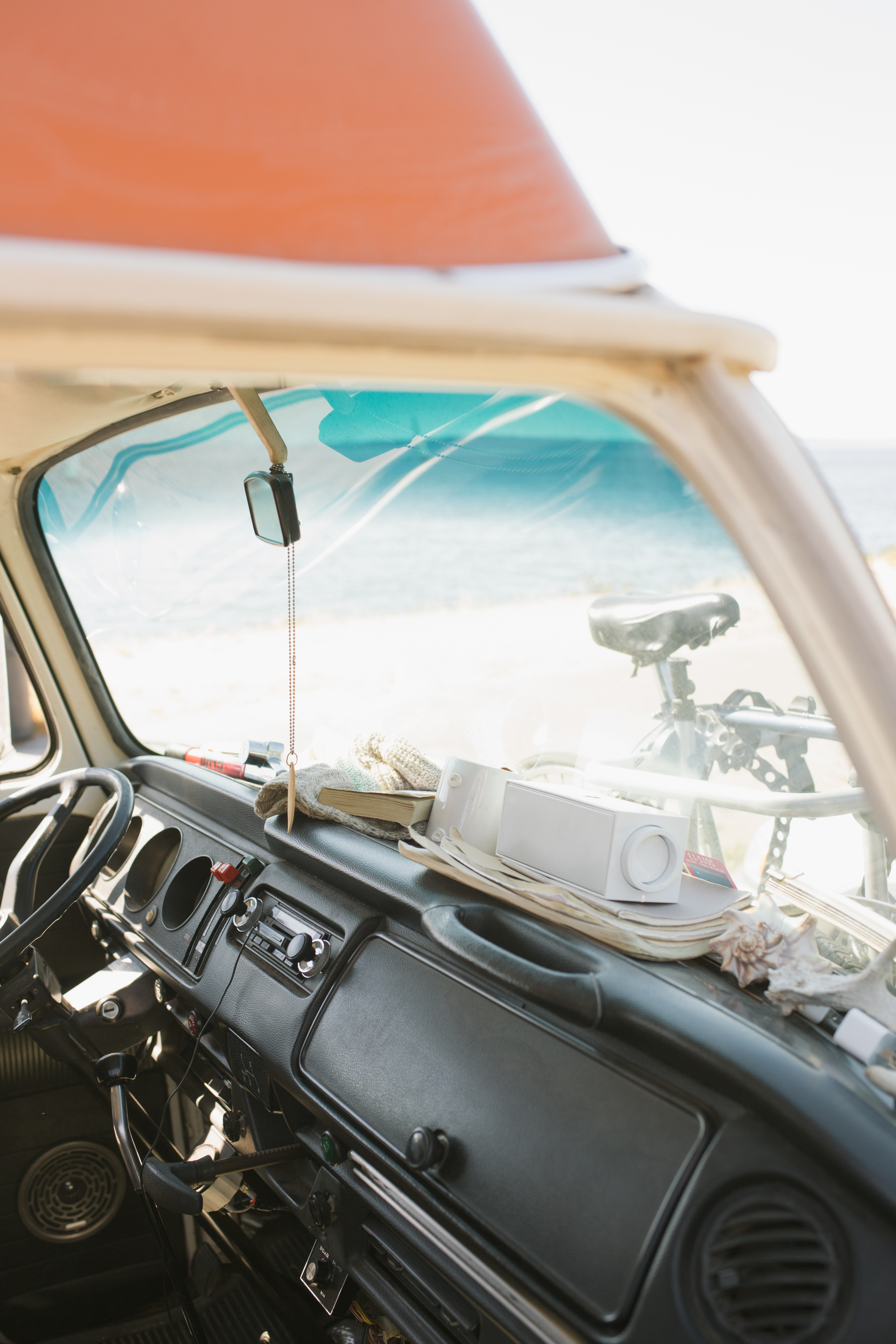“It’s very controversial. The city wants to make it a park, so they kicked everyone out,” Bernard Lavoie told us as we passed through a gap in the temporarily erected chain link fence.
The "Albany Bulb,” is a mostly man-made jut of land that is shaped like a lightbulb. A former landfill, the peninsula is composed of concrete, rebar, and other construction debris. It is partially grown over with trees, shrubs, and wild flowers and has a million dollar view of the city of San Francisco and the Golden Gate bridge. Exploring the bulb we passed a professional dog walker with his small pack of excitedly sniffing canines, a small group of teenagers in basketball shorts, and an older couple walking and taking photographs.
It is in many ways, the quintessential yuppie park. Except for the art.
An avid bicyclist who once tried his hand at amateur racing, Bernard first stumbled upon the Bulb while out for a ride through the city. He described to us how very different the area was when he first found it - filled with tents and tarps, the bulb was, until recently, a large and thriving homeless camp as well as a refuge for rogue artists, eccentrics, and other outsiders. According to Bernard, “there were people everywhere.”
We saw no squatters or tent city as we walked through the bulb. In fact, we came upon very few people at all.
Walking towards the far side of the peninsula, where wind-whipped waves splashed on concrete walls, was like coming upon the ruins of a former civilization. An empty swing hung low in the branches of a tree. Stone meditation labyrinths wound themselves around and around in the sand. Metal scrap art fences wove and twisted over the landscape, bejeweled with broken glass, old shoes, PEZ dispensers, and other oddities. Concrete slabs were painted and sprayed and stenciled in the brightest, most fluorescent colors. There were giants made of driftwood. One sat pensively on the hillside and looked out at the water grimly, perhaps recalling more jubilant days. Another danced, her sticks of hair whirling in the breeze. A forgotten king wore a crown of brambles and surveyed his empty realm in silent and solemn judgement.
As we traipsed along these more modern relics, Bernard shared with us about his time in Spain walking the Camino de Santiago, a centuries old Catholic pilgrimage along ancient Roman roads.
Bernard himself identifies as a, “recovered Catholic.” Coming from a very religious family background, he left the church as a young adult, unable to reconcile the teachings of the church with his homosexuality.
Still, while walking an average of 25 to 30 km daily over a 3 month period, Bernard found the pilgrimage to be a spiritual one. He decided to explore Catholicism again, saying, “I liked the new Pope.” Although Catholicism failed to resonate again after all, Bernard recounted lessons learned from the journey. Often he would lose the way, only to discover a painted yellow arrow pointing out the correct direction while relieving himself outdoors. This helped him realize the need to slow down and be present.
Bernard also discovered the necessity and freedom of lightening his load. He met a woman from the Netherlands at a hostel who, upon seeing his 40 pound pack made him take everything out and helped him decide what to throw away and what to keep. At the end of his travels, his pack weighed only 14 pounds, including water and food. Although this meant facing some colder nights, wearing the same clothes again and again, and not knowing exactly where or when he would find shelter, Bernard described how he was able to fill up his water bottle in village fountains and was often met with hospitality and, semi-regularly, a bottle of wine.
Bernard recounted to us one occasion when he attempted to gratefully return the favor. Having taken a Spanish cooking class shortly before his expedition, he learned how to make paella. He went to the market in one small town and decided he would buy ingredients for and make a paella from whatever he could find and then serve it to the villagers and fellow pilgrims. Halfway through cooking, having received many bemused looks from his Spanish hosts, he begin to worry about how his own paella might be assessed by these locals well familiar with their own traditional dish. It was a special moment in time for Bernard when they tasted his paella and expressed their astonished approval! Everyone shared the meal, wine was passed around the table, there was laughing and talking, and Bernard felt the joy of being fully present.
Hear more about Bernard’s travels through Spain and elsewhere in the full audio interview below:






























































































































































































































































